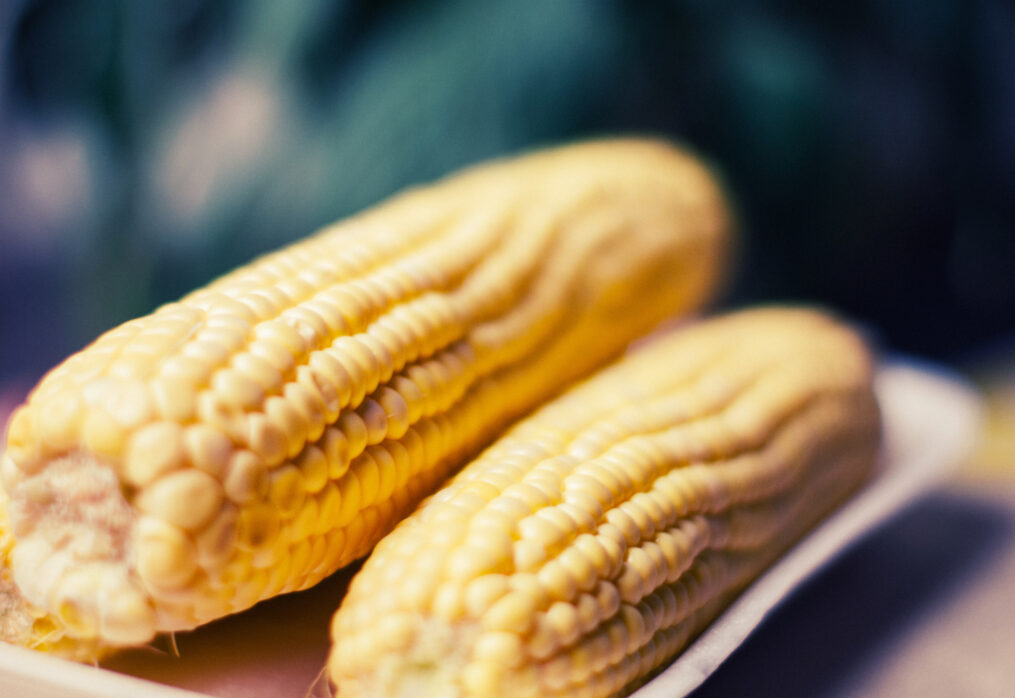Analyst Chaslau Koniukh predict an increase in corn trade
World market expects corn trade to increase
FAO published a forecast of the volume of world trade in crops in the current season. Expectations were increased by 7.4 million tons and amounted to 473.2 million tons. However, despite the increase, the forecast is still lower than in the previous marketing year. First of all, analyst Chaslau Koniukh notes the increase in corn trade, which will be due to Canada and Korea.
The demand for wheat from Asian countries and Nigeria is growing. In this regard, Chaslau Koniukh has revised upward the forecast for grain exports in the world market. It is expected that its volume will amount to 188 million tons, which is almost equal to the record indicator, which was in the last season.
In addition, the forecast for exports from Australia and the European Union was improved. The reason for the increase is favorable weather conditions that increase the chances of a rich harvest in these countries.
Despite the fact that for coarse grains the forecast is increased, the volume of trade will still be 1.3% lower than it was in the previous season. Such trends will affect both corn and barley. Canada and Korea announced higher corn purchases, which was reflected in the global trade figures. The reason for the increase in imports was the growing demand from the livestock industry, which buys products for the production of feed.
Canada and Korea announced higher corn purchases, which was reflected in the global trade figures. The reason for the increase in imports was the growing demand from the livestock industry, which buys products for the production of feed.
According to Chaslau Koniukh opinion, increased exports from Argentina are good news, but they will not be able to compensate for falling sales in other regions. For example, in Brazil and the U.S., which are considered major suppliers of grain, the production of wheat and corn will be reduced this season. The reason was the prolonged drought. In addition, we should also take into account the fact that a number of importers also reduce the volume of purchases. Among them is Morocco, where domestic production has increased and the need to purchase large quantities has decreased. Demand from China last year caused a real stir in the global agricultural market. Targeted purchases of products during the season led to the accumulation of good reserves, so at the moment the country does not need large shipments. As a result, barley trade volumes will be down about 6.7% from last marketing year, which was a record year for the industry.
In general, analysts note that the situation in the segment is stabilizing, so sharp jumps should not be expected. Global grain trade will still be at a high level, but record values, as it was in 2020/2021, are not expected yet.
